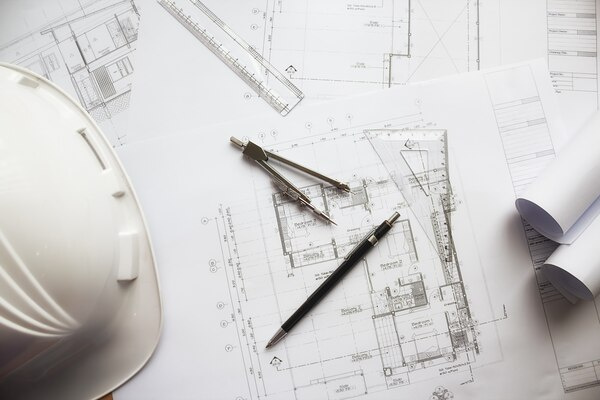A Journey Through Czech Republic's Architectural Heritage

The Czech Republic, nestled in the heart of Europe, is a treasure trove of architectural marvels that span centuries and styles. From Gothic cathedrals to Baroque palaces, the country's rich history is reflected in its diverse architectural landscape. Embarking on a journey through the Czech Republic's architectural heritage offers a fascinating glimpse into the past, each building telling its own story of the cultural and historical influences that shaped the nation.
Our journey begins in Prague, the country's capital, and a city often described as an open-air museum. The historic center of Prague is a UNESCO World Heritage site, boasting an array of architectural styles. Among the most iconic is the Gothic masterpiece of St. Vitus Cathedral, which dominates the skyline of Prague Castle. With its soaring spires and intricate stained glass, the cathedral exemplifies the grandeur of Gothic architecture and serves as a formidable symbol of the city.
As we meander through the cobblestone streets of Prague's Old Town, we encounter the Old Town Square, a vibrant hub surrounded by an eclectic mix of architectural styles. Here stands the Astronomical Clock, a testament to the medieval ingenuity of the city. Completed in 1410, this remarkable timepiece captivates visitors with its intricate design and hourly animated show.
Not far from the square is the Charles Bridge, a monumental piece of Gothic engineering that gracefully spans the Vltava River. Adorned with statues of saints and historical figures, the bridge offers stunning views of the city and serves as a reminder of the craftsmanship and ambition of Prague's medieval builders.
Leaving Prague, our journey takes us to the picturesque town of Český Krumlov, another UNESCO World Heritage site. This enchanting town, set in a horseshoe bend of the Vltava River, is a showcase of Renaissance and Baroque architecture. The Český Krumlov Castle, perched on a hill overlooking the town, is particularly notable. With its well-preserved interiors and Baroque theater, the castle provides an immersive experience of life during the Renaissance and Baroque periods.
Continuing eastwards, Brno, the Czech Republic's second-largest city, presents a unique blend of architectural styles. The city's landmark, Villa Tugendhat, is a modernist masterpiece designed by architect Ludwig Mies van der Rohe. Completed in 1930, this UNESCO World Heritage site illustrates the progressive design and innovation of early 20th-century architecture.
Our architectural journey would be incomplete without a visit to the town of Telč. Famous for its Renaissance square, the colorful facades of the townhouses here are adorned with sgraffito decorations, making it one of the most beautiful and well-preserved squares in Europe. Telč's harmonious blend of Renaissance and Baroque architecture provides a picturesque setting that enchants every visitor.
Throughout the Czech Republic, numerous other architectural gems await discovery. The Baroque elegance of the Church of St. Nicholas in Prague's Lesser Town, the Romanesque grandeur of the Basilica of St. Procopius in Třebíč, and the fairy-tale beauty of the Lednice-Valtice Cultural Landscape are just a few examples of the country's rich architectural heritage.
In conclusion, the architectural journey through the Czech Republic is not merely a visual delight but also an educational experience. Each site offers insight into the historical epochs and cultural exchanges that have left indelible marks on the country's landscape. For travelers and architecture enthusiasts alike, the Czech Republic provides an unparalleled opportunity to explore a rich tapestry of styles, each contributing to the narrative of this remarkable nation.